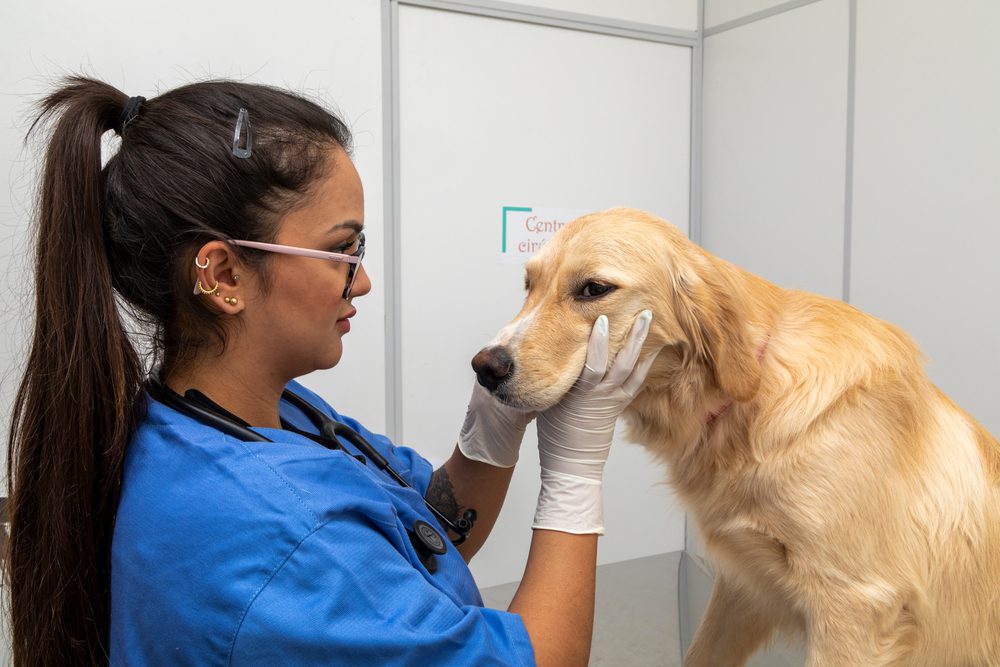The American Society for the Prevention of Cruelty to Animals (ASPCA) estimates that one in five U.S. households acquired a pet dog or cat during the pandemic. Beyond the toys and specialty foods that sprung up around that, it’s pet health that people are focused on now.
Pandemic pet parents are disproportionately millennial and Gen Z consumers who, for one reason or another, have opted for pets over having children, at least for now, and healthcare tops their list of concerns, delivered via the digital channels they prefer and depend on.
Speaking to that desire, Mita Malhotra vice president and general manager at Chewy Pharmacy & Healthcare, told PYMNTS that “the mission we’re on with Chewy within the health space is we want to make healthcare affordable and accessible for every pet-owning household in the U.S. That’s been our driving kind of mantra, to build out this Chewy health ecosystem.”
The direct-to-consumer (D2C) pet care brand was among the first out with pet pharmacy services, followed by the Connect With A Vet telehealth service in 2020, pet insurance in mid-2022, then its Vibeful line of pet health supplements in late 2022, and as vets move deeper into an accessible digital mode, that’s where its Practice Hub concept plays an important role.
See also: D2C Pet Suppliers Sniff Out New Opportunities in Telehealth, Subscriptions
Advertisement: Scroll to Continue
Fetching a $43 Billion Opportunity
Pegging U.S. pet healthcare at a total addressable market between $40 billion and $43 billion, Malhotra said, “around $11 billion of that is pet medications, which is all the pharmaceuticals dispensed, about $3 billion to $4 billion of that is between prescription foods and supplements, and about $3 billion is pet insurance. The remaining is vet services. We play in everything that is not vet services,” but that’s changing rapidly as Practice Hub expands its vet business.
Uniting the desire of pet parents to access vet services more easily, plus a pandemic pattern of vets themselves seeking more flexibility in hours worked to treatment channels used, Chewy is driving connected platform uptake, offering free chat to anyone, video vet visits to their Autoship subscription members, and expanding the universe of pet care options in the process.
“As demand comes in, as more people want to access the service, we’ve slowly been upping our headcount of veterinarians and capacity as well,” she said. “It’s kind of a demand-supply equation.” Chewy doesn’t disclose how many vets it’s working with, but it is scaling services aggressively to offer a one-stop digital pet care destination that meets all needs.
She said, “millennials are the largest pet-owning population, I think upwards of 30% of pet ownership is now with millennials. These are the people who value convenience and treat pets as family members. They’re delaying parenthood because they want to have pets first.”
Read: Chewy Expands Wellness Offerings With Pet Insurance
Pet Telemedicine Has Room to Grow
There’s a lot of room to grow, as Malhotra said only six or seven states currently allow complete virtual veterinary services. “Pet telemedicine is a little bit further behind than human telemedicine, believe it or not,” she said, adding that “A lot of times it’s because the belief is that the pet can’t speak, so they don’t have a voice, so you have to have a physical exam. That said, 70%, 80% of vet visits are for wellness. They’re for preventative care stuff so that can be done virtually,” and Chewy wants to be the go-to platform when that goes wide.
Off-site veterinary services — as in veterinary vans making house calls — is another area where Chewy sees opportunity.
“That’s an absolutely untapped market,” she said. “The customer of today wants convenience, they want care, and they want connected everything. In that spectrum of things, if I’m sitting in my house and somebody can come to me and offer the service, I think that’s great.”
She sees the roving vet connected via a digital platform or an app as “the wave of the future. I think we will see a lot more mobile connectivity and digital consumerization of pet health.” Practice Hub helps complete the offering as she notes that a visiting vet needs to be a connected clinic, and it’s a revenue opportunity for both Chewy and the vet.
See also: Chewy Sees Recurring Revenue Promise in Pet Health Offerings
“They utilize our platform called Practice Hub and within that, they’re like, ‘OK, I’m going to dispense one dose while I’m here and the rest is going to be delivered to you by Chewy in two days.’ It’s a platform that enables them to work with us. We own all the procurement, fulfillment and customer service of every kind of product on the back end. The vets on the front end are utilizing it, and they make some revenue, and we make some revenue.”
Not that Chewy is putting its own fleet of vet vans on the street Geek Squad style. It’s rather tapping into a growing trend of more vets leveraging the at-home preferences of the digital consumer.
“We’re building Practice Hub such that every customer-facing thing Chewy has built we can then build that into Practice Hub and make all of that available to vets.”

